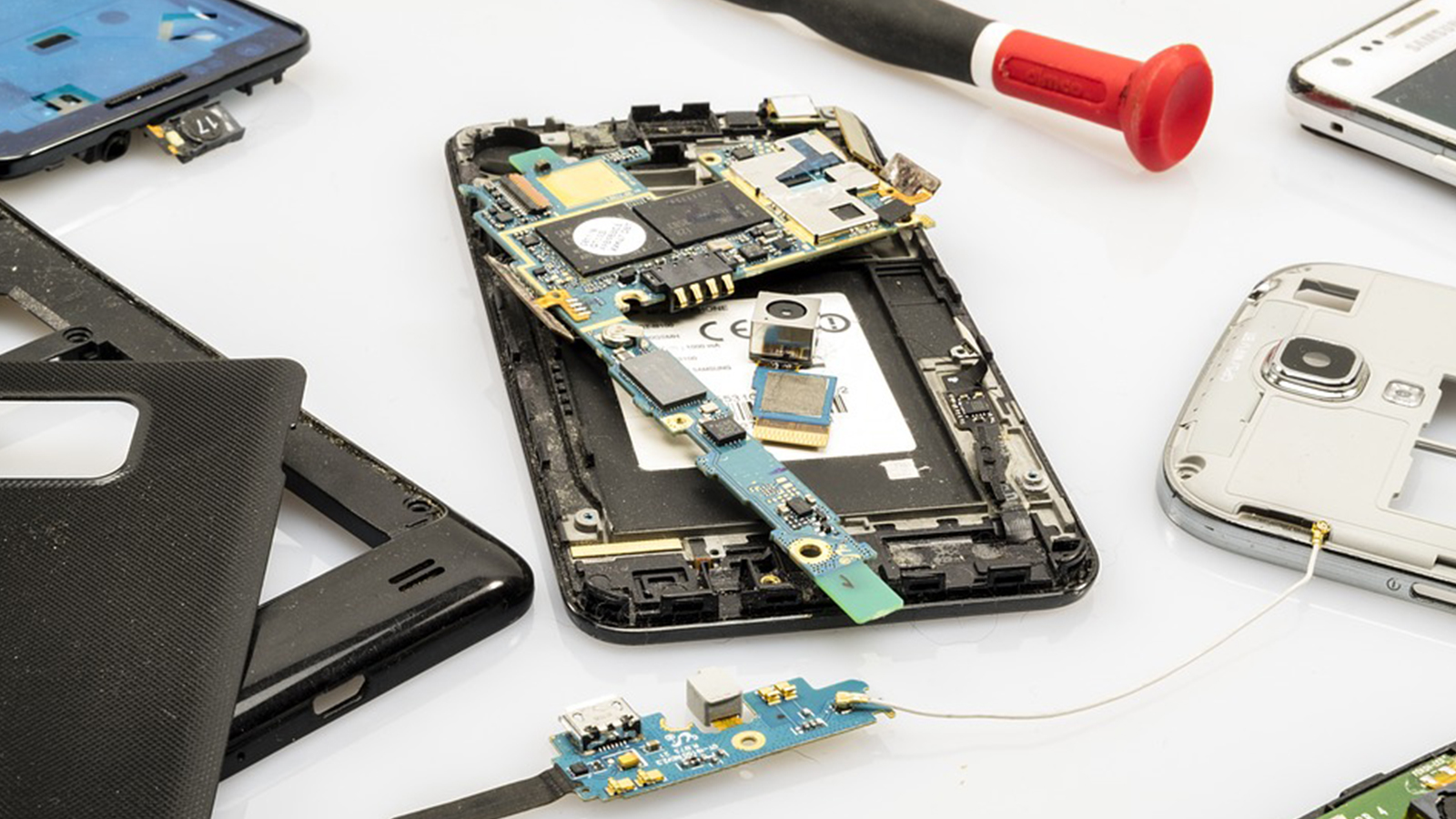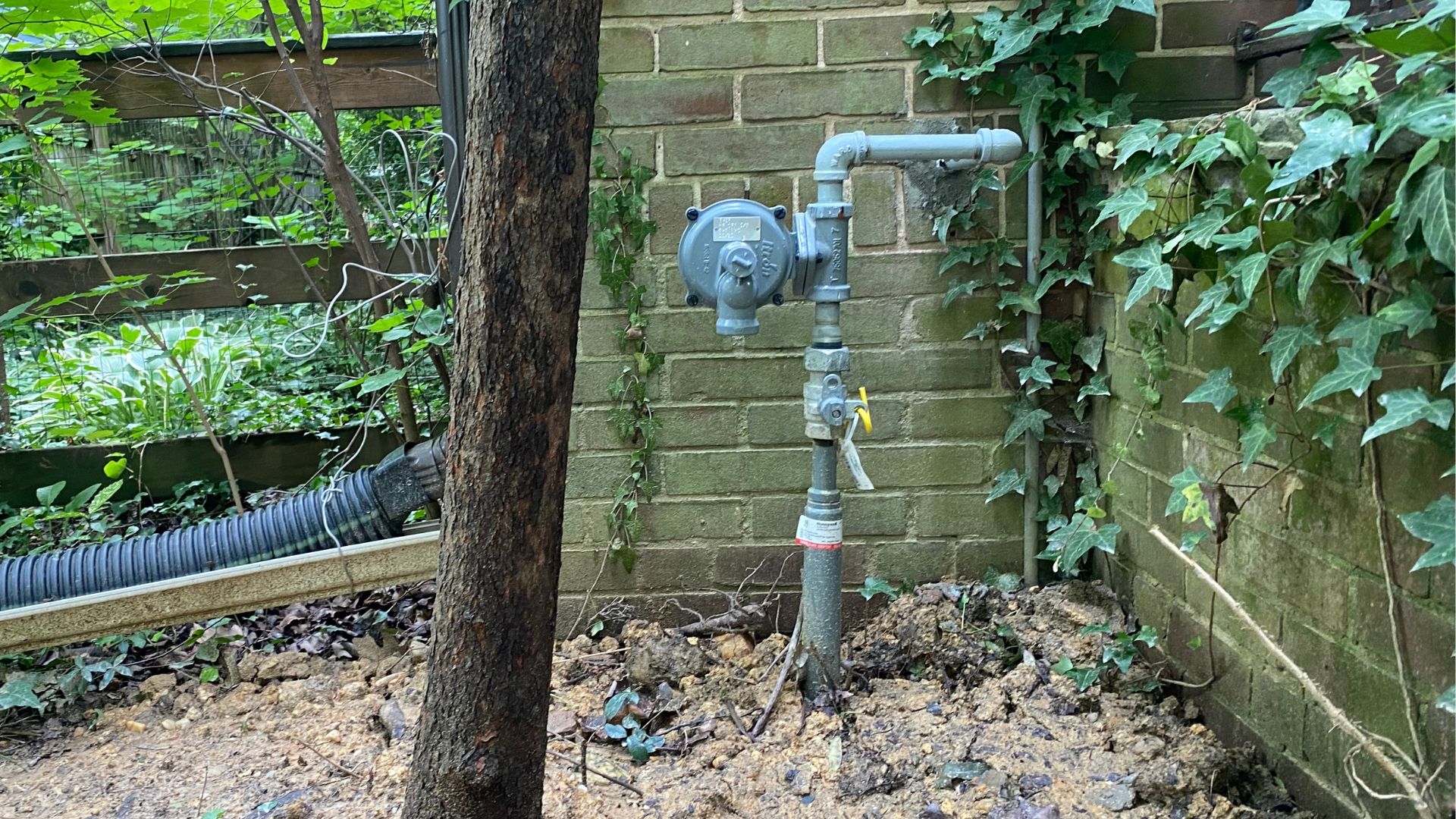Banning the fix: Google continues blocking third-party repair ads
The longer Google takes to fix problems for indpendent repair shops, the easier it is for manufacturers to elbow out competitors in the repair market.

When you pay for something, you should be able to fix it — or get it fixed — wherever, whenever you want. Unfortunately, too many product manufacturers try to monopolize what is and isn’t fixed, and in the process, elbow out independent repair people and repair shops. Independent repair cuts costs for consumers and reduces hazardous waste. That’s why U.S. PIRG advocates for Right to Repair reforms across the country.
Local repair shops have had to contend with Apple, Microsoft and other large companies bigfooting them for a while — and now another tech giant is making their jobs harder.
Google bans independent repair ads
If you search on Google for anything from “car insurance” to “bicycle,” you’ll likely see a smattering of advertisements for different companies and retailers listed at the top of your search results. If you search “iPhone repair,” on the other hand, those kinds of ads tend not to appear.
Instead, Google will show you a snapshot of a map with a list of nearby repair shops. For me, the first link that shows up is the Apple support page.
For more than a year, Google has banned independent repair shops from advertising on it’s search engine — while still permitting manufacturers to advertise.
Originally, Google sought to remove ads for scammers posing as repair or IT service companies, and said that it would create a verification system to allow legitimate shops to resume ads. In an announcement, Google’s director of Global Product Policy, David Graff, explained the company was seeking to prevent “misleading ad experiences” by third-party technical support businesses.
Last month, U.S. PIRG delivered a petition with nearly 7,000 signatures to Google, calling for an end to the company’s ban on electronics repair ads — and also sent a copy of our letter to Congress and the Federal Trade Commission (FTC). So far, the company has not responded.
Google’s ban on independent repair takes a big toll
Search engine traffic is a key strategy to find customers, and some repair shops reported drops in revenue of as much as 70 percent after Google removed their ads. Advertising requests that would have been approved under normal circumstances were now repeatedly rejected.
“Suddenly Google just basically disallowed everyone. Not just smartphone repairs, but anybody who’s doing any form of third-party repair,” said Rob Kerr, co-founder of Lovefone, on International Repair Day in 2019. “There was no announcement. Simply one day we just saw all these emails saying ‘ad disapproved.’”
“We were doing 15 to 20 repairs a day,” said JJ Brown, CEO of HookUpCellular, during a phone interview with the Right to Repair campaign. “Now we get five, maybe 10 if we’re lucky.” Brown added that this has cut his company’s revenue by at least half.
While taking action to reduce fraud is laudable, Google’s ad ban impacts many legitimate repair businesses. With ways to certify all sorts of companies to run ads, why hasn’t Google figured out a plan for repair shops?
Singling out third-party repair shops unfairly casts aspersions on them. Sadly, Chad Johansen from NH iPhone Repair, feels the need to say, “We’re not in the business of stealing people’s data or their devices.”
Johansen added, “About 50 percent of our customer base comes from Google. We saw a 25 percent decrease right when the ads were dropped.” Johansen eventually hired a third party to manage his business’ ads, but he is still struggling to reach a wider audience.
In 2017, Google’s vetting process led to a takedown of 3.2 billion ads. For industries that are prone to fraudulent advertising, such as locksmiths and garage door services, the search engine introduced a verification process.
At the end of August 2018, Google stated that it would roll out a new verification process for independent repair businesses in a matter of months. That still hasn’t happened two years later.
Given the search engine’s track record, this delay in formulating an effective vetting process is uncharacteristic.
“They’re picking and choosing who they want to partner with, and who they want to allow,” said Jordan Wires, CEO of Wires Computing. “Is it because they can’t get a system together for smaller businesses, or because bigger companies are pushing everyone else out?”
Another hurdle for independent repair
The longer Google takes to formulate a verification process, the easier it is for manufacturers to elbow out competitors in the repair market. As a result, consumers will have no choice but to opt for a pricier fix or replacement directly from the manufacturer.
Limited repair options for electronic devices can have vast environmental consequences. Electronic waste is the fastest growing waste stream in the world, accounting for 70 percent of the toxic waste in landfills. On top of that, the mining processes that go into producing new devices are incredibly resource intensive, and have contributed heavily to climate change.
With so much on the line, it’s unacceptable that Google is turning its back on independent repair businesses.
Topics
Authors
Alex DeBellis
Find Out More

Protecting Maryland Water from PFAS Pollution

End the Gas Utility Blank Check

Holding plastic producers accountable

